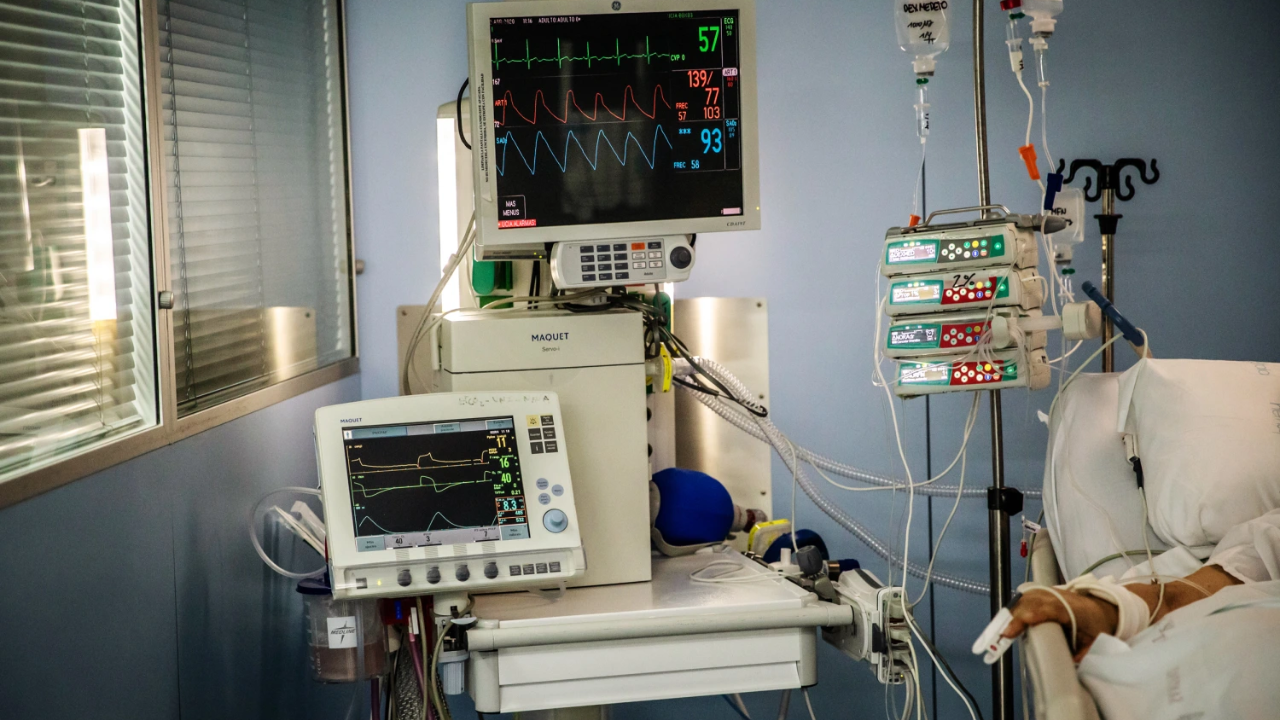In healthcare, one essential element stands as a universal requirement: medical oxygen. From the vigorous breaths taken by mountain climbers scaling lofty peaks to the laboured inhalations of patients fighting medical battles in intensive care units (ICUs), the demand for this apparatus spans a spectrum as broad as the horizon. This invisible, life-sustaining gas plays a pivotal role in various medical scenarios, showcasing its indispensable significance. Delve into the diverse applications of the apparatus, exploring its pivotal role across five distinct contexts, all underlining the critical importance of this precious resource.
The High-Altitude Challenge: Mountain Climbers’ Lifeline
The thinning air poses a substantial challenge to human physiology at extreme altitudes. As adventurers ascend into the oxygen-deprived atmosphere of high mountains, the air pressure drops, reducing oxygen levels in each breath. This phenomenon, known as hypoxia, triggers physiological responses as the body struggles to adapt. This is where supplemental medical oxygen comes to the rescue. Climbers and mountaineers carry portable oxygen cylinders to replenish their oxygen-starved bodies, allowing them to continue their ascent safely. The portable oxygen systems provide a crucial lifeline, helping climbers avoid the debilitating effects of altitude sickness and enabling them to conquer summits that touch the sky.
Emergency Aid: Oxygen’s Vital Role in Pre-hospital Care
The apparatus is a cornerstone of pre-hospital care in emergency medical services. Paramedics and first responders often administer oxygen to patients experiencing breathing difficulties or respiratory distress. A swift oxygen supply, such as from portable oxygen concentrators can mean the difference between life and death, whether it’s a severe asthma attack or a heart attack. This simple yet effective intervention assists in stabilizing patients before they reach a hospital’s intensive care unit. A proper supply of oxygen to vital organs, medical professionals enhance the patient’s chances of a positive outcome.
The Battleground of ICU: Oxygen’s Role in Critical Care
Intensive Care Units (ICUs) are the frontlines of medical intervention for patients facing life-threatening conditions. It also becomes a lifeline here, employed through mechanical ventilators to assist patients unable to breathe adequately. Conditions like severe pneumonia, acute respiratory distress syndrome (ARDS), or complications from surgery can compromise lung function, necessitating mechanical ventilation. By carefully adjusting the oxygen concentration and pressure, healthcare providers can optimize oxygen delivery to the patient’s bloodstream, ensuring vital organs receive the oxygen they need.
Chronic Conditions: Oxygen Therapy for Long-term Management
Beyond emergencies, the apparatus is critical in managing conditions like chronic obstructive pulmonary disease (COPD). Patients with severe COPD often experience compromised lung function, leading to decreased oxygen levels in their blood. Long-term oxygen therapy, administered through devices like oxygen concentrators, helps maintain adequate oxygen levels, enhancing patients’ quality of life. This therapy can reduce the strain on the heart and improve cognitive function, allowing individuals to engage in activities with ease and comfort.
Pandemic Preparedness: Oxygen’s Role in Respiratory Outbreaks
The recent global experience with the COVID-19 pandemic highlighted the crucial role of this oxygen in managing respiratory outbreaks. COVID-19 can lead to severe respiratory distress and pneumonia, causing a surge in demand for oxygen worldwide. Hospitals faced unprecedented challenges in securing a sufficient supply of this oxygen to meet the needs of critically ill patients. This highlighted the importance of robust oxygen production, which can effectively respond to respiratory crises.
Conclusion
From scaling towering summits to tending to patients in critical care, the demand for medical oxygen transcends boundaries and contexts. This colourless, odourless gas stands as an unsung hero in healthcare, enabling life’s most vital processes to continue despite challenging circumstances. Whether it’s a mountain climber striving for the peak or an ICU patient fighting for each breath, the universal need for the apparatus is a testament to its profound impact on human lives.



